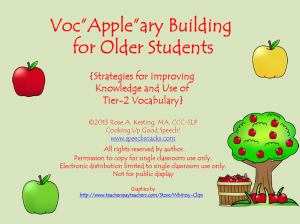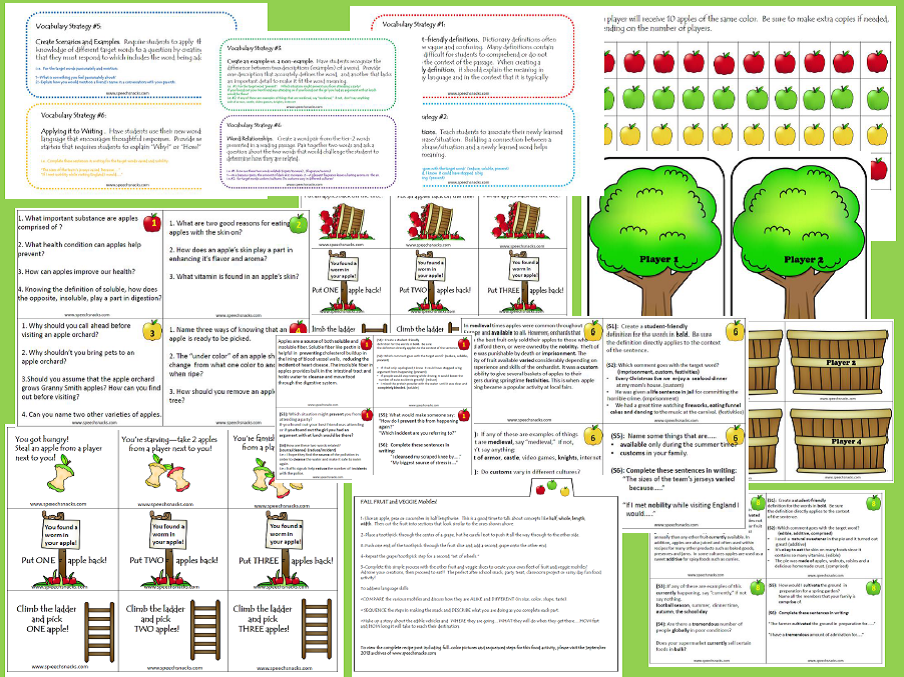
As speech language pathologist part of my job is to play! Since play assessment is a routine part of speech language evaluations for preschool and early school-aged children, I often find myself on the carpet in my office racing cars, making sure that all the “Little People” get their turn on the toy Ferris Wheel, and “cooking” elaborate meals in complete absence of electrical appliances. In fact, I’ve heard the phrase “I want toy” so many times that I actually began to worry that I might accidentally use it in polite company myself.
The benefits of play are well known and cataloged. Play allows children to use creativity and develop imagination. It facilitates cognition, physical and emotional development, language, and literacy. Play is great! However, not every culture values play as much as the Westerners do.
Cultural values affect how children play. Thus play interactions vary significantly across cultures. For instance, many Asian cultures prize education over play, so in these cultures children may engage in educational play activities vs. pretend play activities. To illustrate, Farver and colleagues have found that Korean preschool children engaged in greater parallel play (vs. pretend play), initiated play less frequently, as well as had less frequent social play episodes in contrast to Anglo-American peers. (Farver, Kim & Lee, 1995; Farver and Shinn 1997)
To continue, cultures focused on individualism stress independence and self-reliance. In such cultures, babies and toddlers are taught to be self sufficient when it comes to sleeping, feeding, dressing, grooming and playing from a very early age. (Schulze, Harwood, and Schoelmerich, 2001) Consequently, in these cultures parents would generally support and encourage child initiated and directed play. However, in many Latin American cultures, parents expect their children to master self-care abilities and function independently at later ages. Play in these cultures may be more parent directed vs. child directed. These children may receive more explicit directives from their caregivers with respect to how to act and speak and be more physically positioned or restrained during play. (Harwood, Schoelmerich, & Schulze, 2000)
In Western culture, early choice making is praised and encouraged. In contrast, traditional collective cultures encourage child obedience and respect over independence (Johnston & Wong, 2002). Choice making may not be as encouraged since it might seem like it’s giving the child too much power. It would not be uncommon for a child to be given a toy to play with which is deemed suitable for him/her, instead of being asked to choose. The children in these cultures may not be encouraged to narrate on their actions during play but expected to play quietly with their toy. Furthermore, if the parents do not consider play as an activity beneficial to their child’s cognitive and emotional development, but treat it as a leisure activity that helps pass the time, they may not ask the child questions regarding what he/she are doing and will not expect the child to narrate on their actions during play.
Consequently, in our assessments, it is very important to keep in mind that children’s play is affected by a number of variables including: cultural values, family relationships, child rearing practices, toy familiarity as well as developmental expectations (Hwa-Froelich, 2004). As such, in order to conduct balanced and objective play assessments, we as clinicians need to find a few moments in our busy schedules to interview the caregivers regarding their views on child rearing practices and play interactions, so we could objectively interpret our assessment findings (e.g., is it delay/disorder or lack of exposure and task unfamiliarity).
References:
- Farver, J. M., Kim, Y. K., & Lee, Y. (1995). Cultural differences in Korean- and Anglo-American preschoolers’ social interaction and play behaviors. Child Development, 66, 1088- 1099.
- Farver, J. M., & Shinn, Y. L. (1997). Social pretend play in Korean- and Anglo- American pre-schoolers. Child Development,68 (3), 544-556.
- Johnston, J.R., & Wong, M.-Y. A. (2002). Cultural differences in beliefs and practices concerning talk to children . Journal of Speech, Language, and Hearing Research, 45 (5), 916-926
- Harwood, R. L., & Schoelmerich, A and Schulze, P. A. (2000) Homogeneity and heterogeneity in cultural belief systems. New Directions for Child and Adolescent Development 87, 41-57
- Hwa-Froelich, D. A. (2004). Play Assessment for Children from Culturally and Linguistically Diverse Backgrounds. Perspectives on Language, Learning and Education and on Communication Disorders and Sciences in Culturally and Linguistically Diverse Populations, 11(2), 6-10.
- Hwa-Froelich, D. A., & Vigil, D. C. (2004). Three aspects of cultural influence on communication: A literature review. Communication Disorders Quarterly, 25(3),110-118.
- Schulze, P. A., Harwood, R. L., & Schoelmerich, A. (2001). Feeding practices and expectations among middle-class Anglo and Puerto Rican mothers of 12-month-old infants. Journal of Cross-Cultural Psychology, 32(4), 397–406.
 Today’s guest post on genetic syndromes comes from Rebecca Freeh Thornburg, who is contributing on CHARGE Syndrome.
Today’s guest post on genetic syndromes comes from Rebecca Freeh Thornburg, who is contributing on CHARGE Syndrome. It’s DAY 27 of my Birthday Month Giveaways and I am raffling off a giveaway by
It’s DAY 27 of my Birthday Month Giveaways and I am raffling off a giveaway by  Critical thinking are a set of skills children need to make good independent decisions. Critical thinking abilities involve children analyzing, synthesizing and evaluating information in order to recognize patterns, distinguish right from wrong, offer opinions, anticipate reactions to their actions, compare scenarios to choose favorable outcomes, as well as consider a variety of solutions to the same problem.
Critical thinking are a set of skills children need to make good independent decisions. Critical thinking abilities involve children analyzing, synthesizing and evaluating information in order to recognize patterns, distinguish right from wrong, offer opinions, anticipate reactions to their actions, compare scenarios to choose favorable outcomes, as well as consider a variety of solutions to the same problem. Today’s guest post on working with middle school students comes from Zoya Tsirulnikov, MS CCC-SLP, TSSLD , an SLP from the NYC’s Department of Education.
Today’s guest post on working with middle school students comes from Zoya Tsirulnikov, MS CCC-SLP, TSSLD , an SLP from the NYC’s Department of Education. 
 The following is an informational post on the disease SMA (spinal muscle atrophy) by Rose Ann Kesting M.A. CCC-SLP. After reading, please
The following is an informational post on the disease SMA (spinal muscle atrophy) by Rose Ann Kesting M.A. CCC-SLP. After reading, please  Today I’m excited to introduce a new product: “
Today I’m excited to introduce a new product: “ I am wrapping up the second week of my birthday giveaways by raffling off
I am wrapping up the second week of my birthday giveaways by raffling off 

